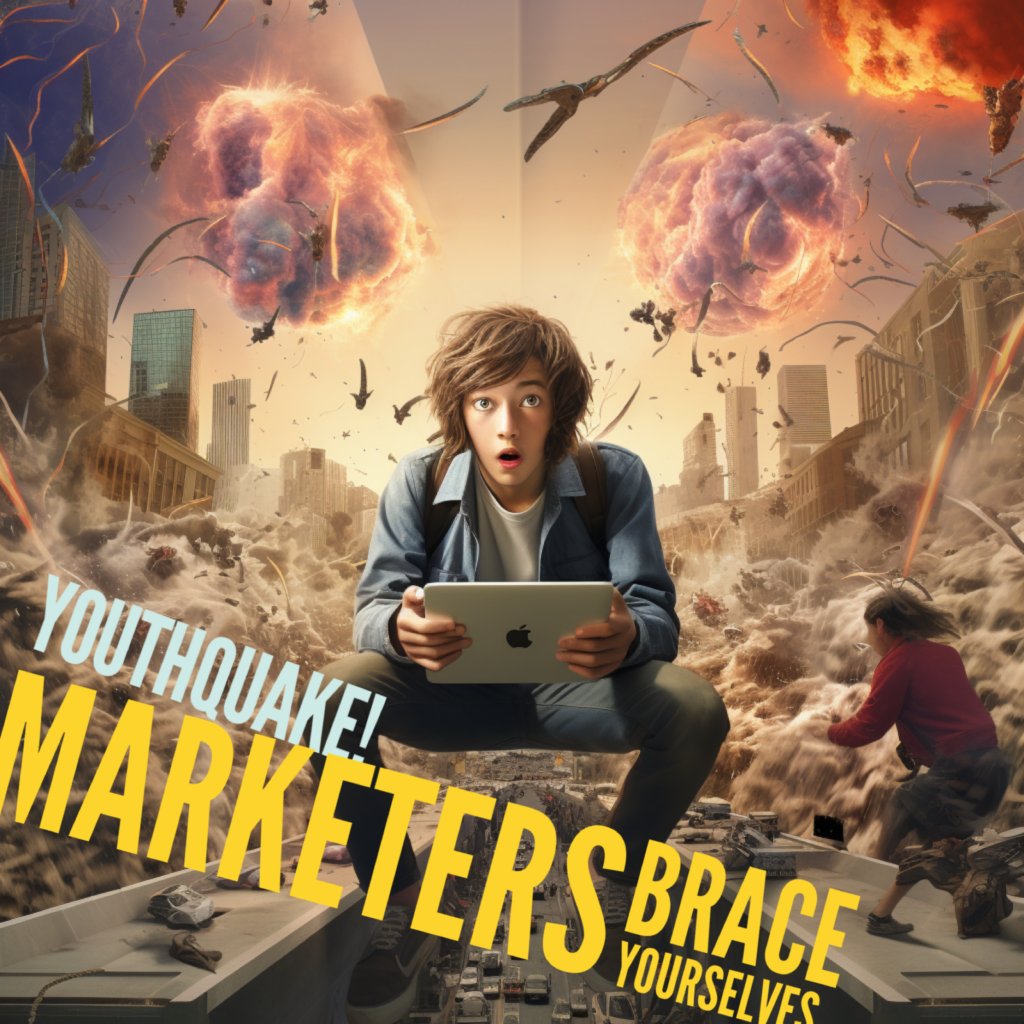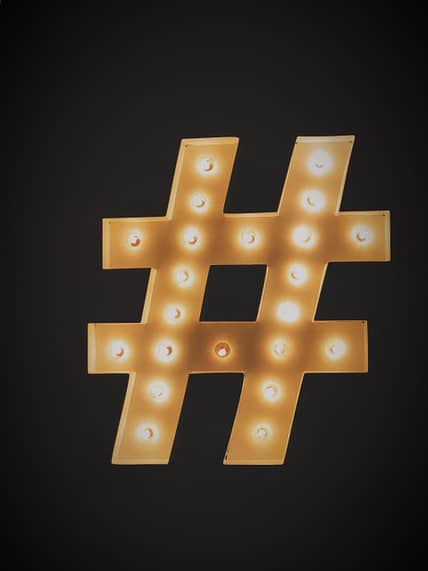by GenZ Expert Dean McCoubrey.
If you’ve ever watched a rally (no, not political), you’ll probably remember the wide-eyed unpredictability of every turn, the careful observation of the navigator to manage the terrain, and the damaging cost of reading the road incorrectly.
As someone who owns a marketing agency, and also an education company that focuses on social media and gaming education, that’s what I think marketers are having to deal with at the moment. Moreover, the road ahead will only experience more wind, rain, gravel, mud and snow, in the forms of ChatGPT 5 and 6, AR, VR, XR, and fierce social competition and innovation. Buckle up.

Personally, teaching teens and pre-teens in schools on this very subject of platforms, apps, games and emerging technology, feels like being invited into an enclosure, sitting quietly, and watching a diversity of behaviours, in order to approach the pride and their cubs, having built knowledge and trust. It’s about asking and listening first; approaching second.
I’m not sure many brands quite get this.
In the explosive, dynamic landscape of modern marketing, the ground is shifting at breakneck speed. For marketers, keeping up with Generation Z (Gen Z) requires map reading where the contours and roads change in front of your eyes. The rules that have governed branding for decades are being challenged and rewritten on a weekly basis.
From Z to A
In true internet form, Google offers a wonderful lack of clarity on the date range of Gen Z. Mckinsey has it that it’s those born between 1996 and 2010. Gen Alpha, those born after 2010, are moving faster, especially when not monitored by their parents. What I see and hear is eye-opening, often sad, but still a privilege, as it provides me with a platform to mentor on media literacy, online safety, digital exploration and excellence. With each passing week, students redefine the norms of consumption, creativity, and self-expression. To truly grasp their essence, one must understand the seismic shifts catalyzed by the COVID-19 pandemic.

It’s hideous to still use the pandemic in an article, it feels so long ago, and the most exhausting thread in journalism. But in the world I work in, that very weird phase in our lives acted as a catalyst for digital acceleration extended far beyond the surge in e-commerce. It blew up a new era of short-form video and redefined the meaning of authenticity and self-expression. It lowered the age of access and boosted screen time exposure. It widened the gap between most adults and kids, a gap that many aren’t even aware of, because parents wouldn’t know what to look for. Just like some brands and their marketing partners. We experienced a YouthQauke that split the road in two: Those who are willing to accept the change and listen and learn, and those who think things are still largely the same.
Brands are faced with a generation that knows few boundaries when it comes to creativity and innovation. They’ll try things, daily, while brands are planning slowly, meticulously, and with caution.
With so much at stake for these companies, I understand that completely, but it creates a lag between them and their Gen Z audience. Mike Sharman stands out as someone who has a good feel for reactive and responsive creative work, innovating with concepts and campaigns fast.

Intuitive, not fearless
Gen Z is characterized by its fearlessness of technology – personally, I think it’s more about an intuitive use of devices and platforms – a somewhat stubborn or confident sense of adolescent self, and a voracious appetite for content. Unlike previous generations, they were born into a world of social media and self-publishing. They have never known a time when their lives were not on display on timelines and newsfeeds; they’re the most tracked in history, enjoying the least privacy of any teens that came before them. They’re the children of the algorithm.
In their quest for self-expression, Gen Z has become a powerful creative force. But that algorithm has shaped that creative expression. Channels such as TikTok, Shein, and Instagram Reels have become their canvases, enabling them to showcase their creativity and individuality.
The Marketer’s Dilemma: Bridging the Gap
For marketers, understanding Gen Z is a daunting challenge. Traditional approaches to brand promotion, especially those typically pitching hooks to old Gen Xers, can feel forced and inauthentic to this new cohort. Often parents and marketers shrug their shoulders, insisting “kids are immature and don’t know what they’re doing online.” Yes, kids lack emotional maturity, their pre-frontal cortex is not developed, education hasn’t prepared them for critical thinking, cybersecurity and mental health online, but the reality is that they remain online, consuming, and shaping a narrative – irrespective of whether they should be. It won’t be changing, I can assure you.
If their current consumption will only get deeper and wider, guesswork will be the enemy of any marketer. The solution will lie in dynamic tracking and social listening. Brands will need to demonstrate humility and assume nothing. They must also seek out partners who have their ears to the ground and understand the Gen Z landscape intimately. And, in my view, they will need to be way, way more responsible in their marketing. That’s another article altogether.
Staying Ahead in the Gen Z Era
To succeed in the Gen Z era, brands must be agile and adaptable. Here are the key takeaways for staying at the forefront of brand marketing to youth:
1. Authenticity Over Assumption: Gen Z values authenticity above all else. Brands must tell genuine stories and craft real experiences.
2. Embrace Creativity: Encourage Gen Z to co-create content and contribute to brand narratives. Their creativity knows no bounds.
3. Stay Informed and Adaptive: The digital landscape evolves rapidly. Brands should invest in staying informed about the latest trends and shifts within Gen Z culture.
4. Engage in Meaningful Conversations: Create spaces for authentic conversations with Gen Z. Understand their concerns and interests, and respond accordingly if you dare.
5. Champion Causes: Brands should actively support causes and initiatives that resonate with their values.
6. Rewriting the Language: The lexicon of youth culture is ever-evolving. Brands must reimagine their language and messaging to stay relevant.
Navigating the road ahead
Gen Z’s impact on brand marketing is undeniable, unstoppable and rising faster with every click and download; every purchase, every game, and every chat. Most importantly, they’re shaping brand success with every rand they spend and persuade their parents to spend. The Gen Z wallet will make or break brands as each year passes. According to YDx Youth Dynamics research, it’s R303 billion that SA’s youth currently spend and influence. What will it be next year, and in 20230?
Tune in.
And good luck.
Article by Dean McCoubrey published on Business Live: Original here.
Dean is owner of storytelling agency MediaWeb Group, youth marketing consultancy, GenZA, and teen digital education company, MySociaLife.
For more information: www.mediawebgroup.co.za and www.mysocialife.com

